In the field
The creative secrets behind the critically-acclaimed series, The Bear
April 2024
9 mins

Table of contents
Your files, faster.
Access any file instantly, anywhere. Collaborate in real-time from one always-up-to-date, secure cloud filespace.
The kitchen isn’t the only pressure cooker in The Bear. Since its 2022 debut, the award-winning series has earned critical acclaim for its raw performances, sharp writing and high-intensity editing that mirrors the heat of a working kitchen.
That editing — and the collaborative effort behind it — comes from a team that proved remote and hybrid workflows can deliver just as much artistry as a traditional cutting room.
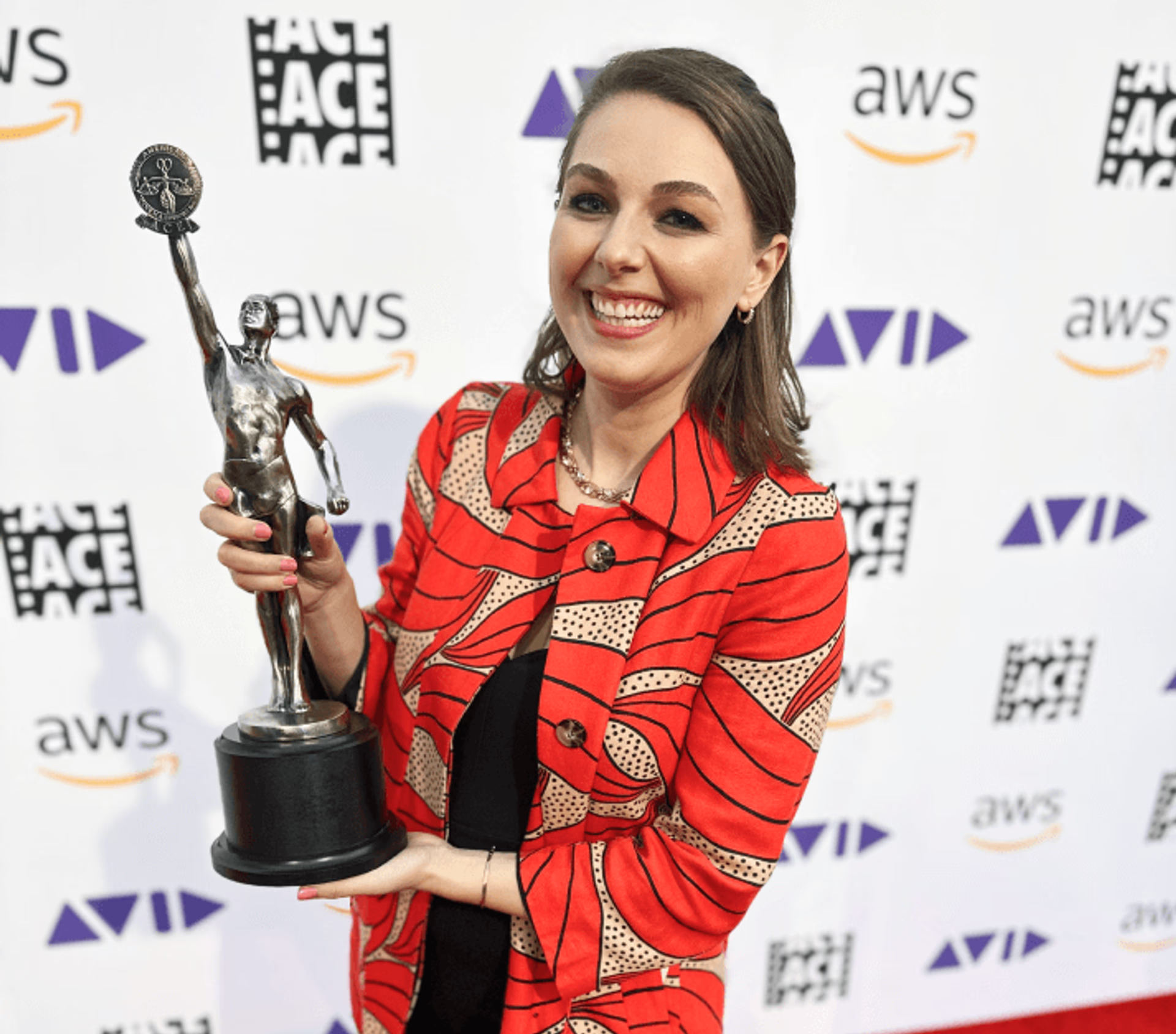
Season 1 was shaped remotely by editors Joanna Naugle and Adam Epstein, with assistant editors Megan Mancini and Josh DePew.
For season 2, the team expanded into a hybrid model, bringing on Noah Benezra, Oliver Benezra, and Travis Cummings to round out the post-production crew
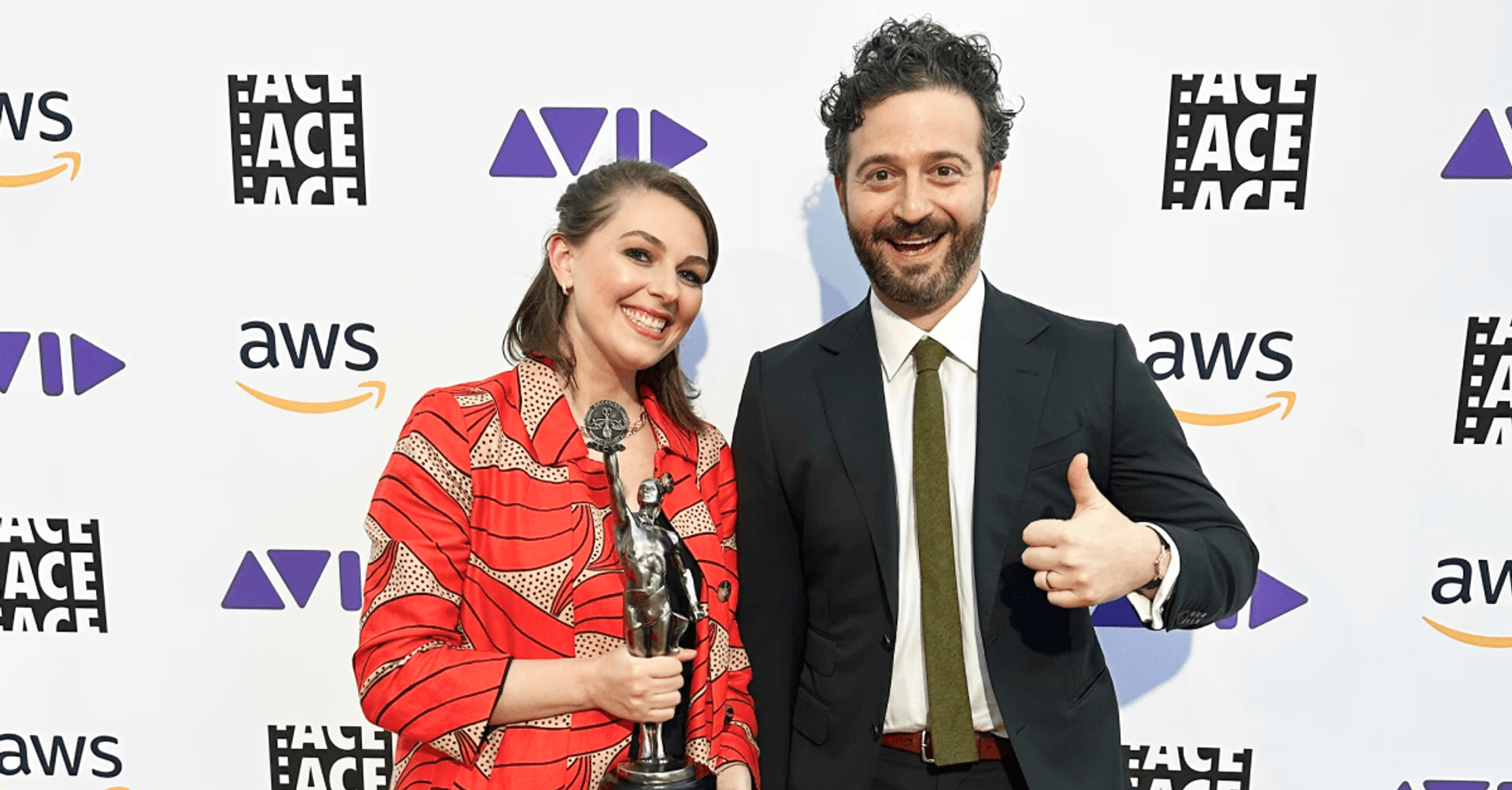
Joanna Naugle and Adam Epstein at the Eddie Awards 2023
We spoke with award-winning editor Joanna Naugle about what it takes to cut one of TV’s most acclaimed shows, the creative choices that defined The Bear’s style, and the tools that helped the team keep pace with the show’s intensity.
Don’t worry, no spoilers ahead! We highly recommend watching the series.
Immersing in a fast-paced restaurant kitchen
The cramped, chaotic kitchen of a Chicago sandwich shop is the primary set of The Bear. Part of what makes the show so good is being immediately immersed in its chaotic, fast-paced nature.
The show’s intense montages add depth to the realistic depiction of a high-pressure restaurant kitchen, with its stress, yelling, cutting and burns.
“All shots are designed to make you feel like you are actually in the kitchen alongside the characters. I intentionally favored footage that had some sort of foreground element, like someone’s shoulder, steam rising from a pot, or the edge of a pan in the shot, along with the character."
"This made everything feel more claustrophobic and condensed and added to the overall feeling of stress. In chaotic moments, I chose to keep accidental camera bumps or extra movements because they added to the authenticity and immersive nature of the scenes,” explains Joanna.

A stand-out moment in season 1 is the masterfully done “oner” episode. A fan-favorite, episode 7, titled “Review,“ was shot in one long uninterrupted 17-minute take — a special treat that added another layer to the show’s sense of urgency and relevance to the everyday pressures of working in a kitchen.
While it’s easy to think a one-shot sequence leaves little to do for editors, this can’t be further from the truth.
“I got to do tons of temp sound design that would bring the episode to life,” says Joanna.
And sound design plays a vital role in the show. “Luckily, Christopher Storer and Josh Senior, the show’s creator and executive producer, curate the music. It’s an aspect that people commented on in season 1 and will see again in season two”, she adds.
The soundtrack drives the tempo, pace, and excitement of the show. “They sent me an amazing playlist when I started working on the pilot, which had everything from movie scores to rap to jazz to heavy metal. I loved being able to cut such a music-driven show, and having this playlist as a starting point was great.”
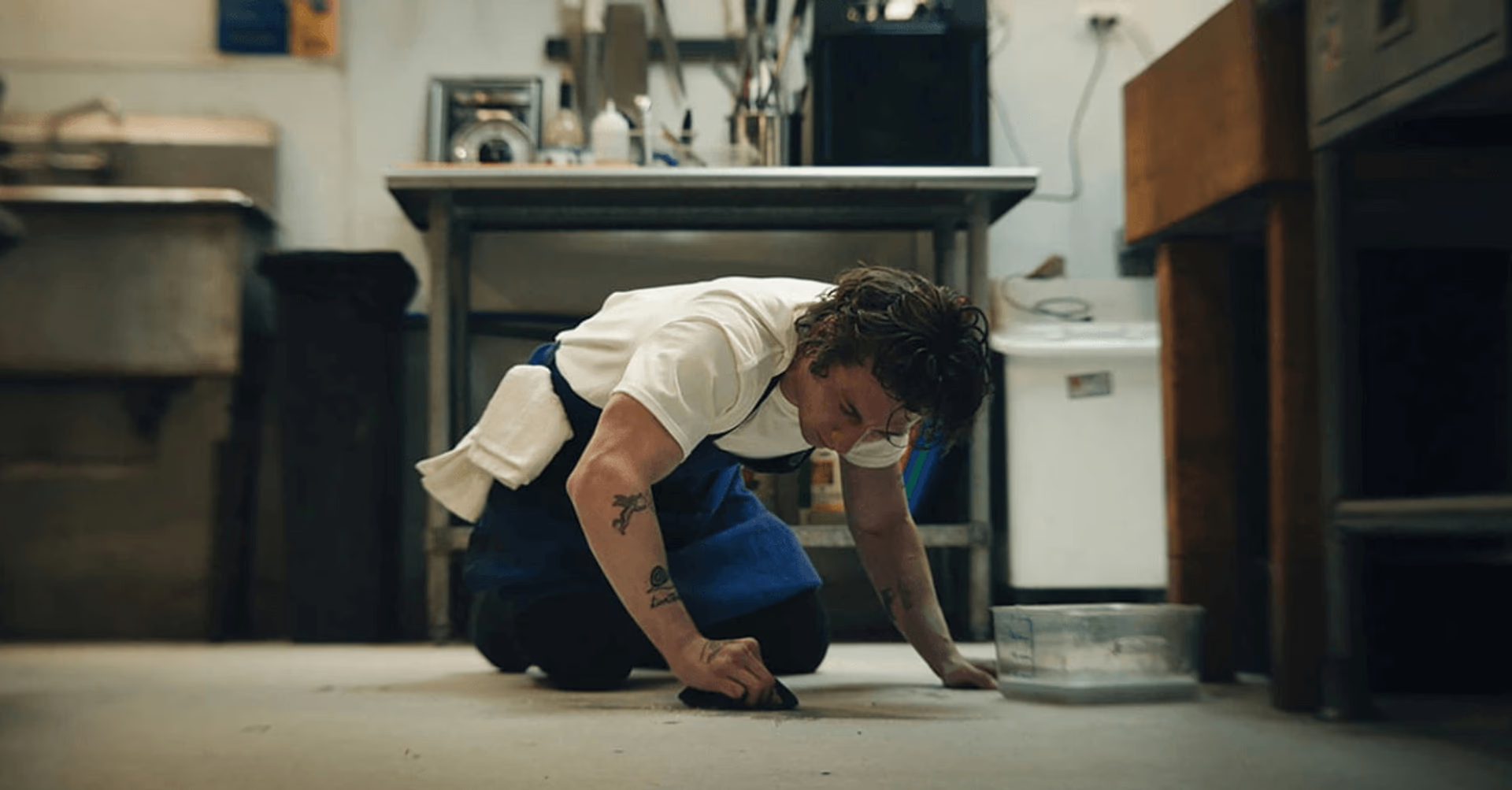
In preparation for The Bear, Christopher Storer also recommended Joanna watch the film “Bringing out the dead” by Martin Scorsese.
The movie is about an NYC paramedic in the 90s and how his anxiety and emotional baggage blur the line between reality and nightmares.
“The editing (by the incomparable Thelma Schoonmaker) is absolutely incredible, and I studied many of the scenes in the film as we were figuring out how to achieve a similar effect of mixing calm with chaos throughout the series,” shares Joanna.
The post-production workflow
Just like in a good restaurant, it’s hard to imagine all the intense preparations, work and problem-solving happening in the post-production “kitchen” of a show like The Bear.
Some of the unique challenges for the editorial team were finding and maintaining the right pace, managing overlapping dialogue and handling immense volumes of B-roll footage.
Pacing
A creative decision the team had to take early in the process was finding the right balance of information to feed to the audience.
“Nailing down the pace in the first episode was difficult, but ultimately really creatively fulfilling,” explains Joanna.
“Christopher Storer (the creator of the show and director of the pilot) wanted the audience to feel immediately immersed in Carmy’s inherited stress in taking over [his brother’s restaurant] ‘The Beef’. We had to find the balance between making the first episode feel intense while still giving the viewers all the information they needed to not feel completely lost,” reveals Joanna.
The team spent a lot of time shuffling scenes, combining certain moments into montages, and even removing footage that they loved but ultimately didn’t fit within the episode.
Joanna's biggest lesson during this process? “Realizing we didn’t need to spoon-feed information to audiences to get them on board with the story.”
Overlapping dialogue
The assistant editors faced the challenge of handling multiple voices talking simultaneously when receiving dailies.
To resolve this, they organized the footage by creating a line-by-line string out, grouping every instance of someone saying a specific line together. Followed by meticulously arranging them in a timeline with different layers or color labels.
The naturally-flowing dialogue is one of the distinct features of The Bear. The actors demonstrated impeccable timing and authentically performed overlapping lines during intense scenes and the editors eliminated any remaining pauses or breaths to further enhance the energy and excitement.
Staying organized
Joanna shares that to manage everything behind-the-scenes, meet tight deadlines and handle extensive B-roll footage, the team needed to be very organized.
“Being organized is crucial for me to make effective creative decisions. Our assistant editors do an excellent job of ensuring clearly labeled files and a clear project structure.” With everything in place, she could quickly spot the strongest material and shape it into the story.
Even with limited in-person collaboration during COVID, constant dialogue with the production team kept things moving. An editor’s cut was often available just days after wrapping production, making a strong starting point for further refinement.
For Joanna, the key wasn’t just discipline but also the right tools: systems that removed the friction of remote work and let the team focus on creative decisions rather than file wrangling.
The creative toolkit
When selecting the tools for the job, the editorial team behind The Bear had to take into account the unique nature of the TV series, as well as COVID restrictions during season 1.
With Season 2, the team, all based in the NYC Tri-state area, welcomed more in-person collaboration out of the facility Senior Post. Still, the ability to collaborate in a remote set-up has allowed for more focused work and a balance between personal and professional commitments.
“It’s been a positive change to have the flexibility of working from home on certain days with the right tools while also being able to go to the office and seamlessly continue where we left off,” says Joanna.

The team used Premiere Pro Productions to keep everything organized and coordinated.
“We had an immense amount of B-roll to use in both seasons that was shared across all the episodes. Having a shared project within Adobe Productions that Adam and I could access and pull from was essential as we built out the world of The Beef [the restaurant and primary setting of the series],” states Joanna.
The post team also employed After Effects for any quick screen comps, DaVinci Resolve for coloring and Frame.io for review and collaboration.
To stay connected online, Joanna and her colleagues used Zoom and Slack. “We were on Slack all the time, hopping on Zoom and screen sharing. And then coming into the office as needed."
"It’s helpful to get in the room with someone or hop on Zoom and be like, “I think I got this 80% of the way there, how do we get the last like 20?” So it’s nice to kind of have my isolation when I need to, but then also have the collaboration.”
The shared space for the show’s entire library was LucidLink, with dailies sometimes being stored on local drives and the rest of the media, like project files, visual effects and sound effects, on LucidLink.
Using LucidLink for our shared storage eliminated that headache and allowed us to focus on the creative aspects of editing rather than the tedious parts of media management.
Joanna Naugle,Editor
“LucidLink was hugely helpful on The Bear. In the early days of the pandemic, it always felt like you had to allot hours of your day to mirroring drives, syncing up with collaborators, and making sure that media was relinking between all the editors and AEs on a project."
"Using LucidLink for our shared storage eliminated that headache and allowed us to focus on the creative aspects of editing rather than the tedious parts of media management,” says Joanna.
To meet the tight deadline of completing the entire season 1 in 4 months, it was essential to have tools that work seamlessly together.
In this context, the combination of Premiere Pro and LucidLink proved invaluable. It allowed the team to work as if they were on the same server, creating a shared nexus where they could easily access all necessary resources.
Pro editing tips from The Bear
Joanna also shared some actionable tips and tricks for improving your editing process and staying productive.
Use color labels
She starts with the simple but essential use of color labelling to organize a project. “I typically use different labels for each scene in an episode so I can easily jump between them and see when one section starts and another stops.”
Trust your instincts
As an editor, Joanna stresses the importance of trusting your instincts: “Sometimes, if you spend too much time with an edit, you start second-guessing things, like whether a joke is still funny."
"However, if we laughed at it a hundred times before, chances are it’s still humorous. The point I’m trying to make is that over-editing can lead to unnecessary changes just for the sake of change. It’s important to have confidence in your work and know when it’s done, even if it means stepping away.”
Keep things moving
As for staying motivated and productive? “Don’t procrastinate and overthink the final product. Just start putting things together and see what works."
"It’s okay if your first cut isn’t perfect. TV shows come together gradually, so focus on keeping things moving forward. Take breaks when you’re stuck and come back with a fresh perspective,” Joanna advises.
Be proactive
For those starting out, Joanna highlights the importance of anticipation:
“The best AEs I’ve worked with are always thinking three steps ahead of me, brainstorming what they can be doing to avert problems down the line or getting ahead on work that needs to be done in the future."
"If you’re waiting around for someone to tell you what to do, you’re not making anyone’s life easier and won’t gain the trust of the people you’re working with.”
If you want even more behind-the-scenes insights, check out our full interview with Joanna Naugle.
And if you’re curious about the tools The Bear's team used to pull off such a fast-paced, collaborative workflow try LucidLink free today to see how it can streamline your own post-production workflow.
Image source: The Bear, FX
Keep reading

Collaboration
In the field
Madecraft’s post-production hacks for smooth workflows
Discover how Madecraft slashes hidden costs of post-production, boosting efficiency, saving time and keeping creativity flowing.
21 November 2025, 6 mins read
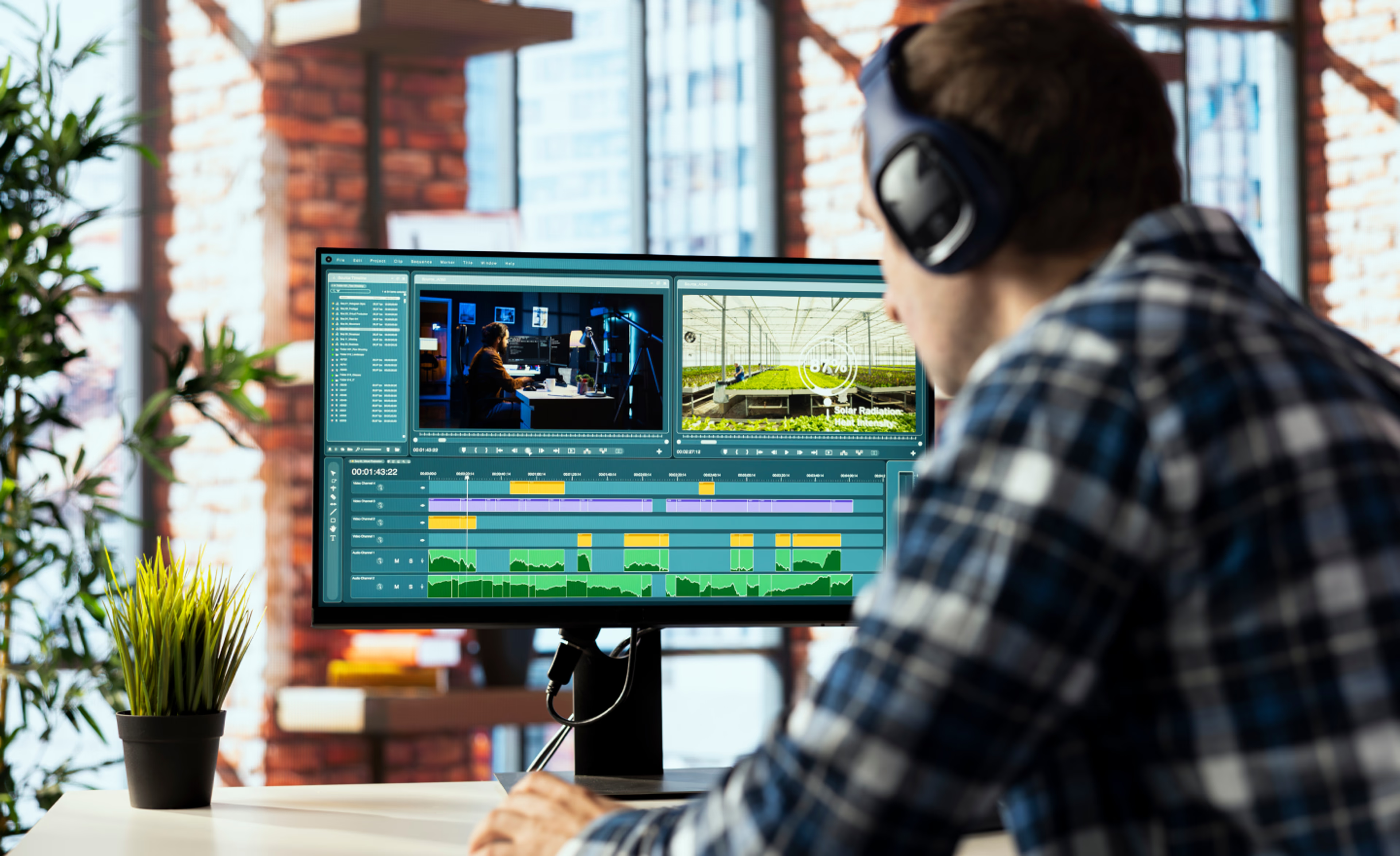
Creative production
In the field
How post houses are integrating AI into modern workflows
Discover how post houses are using AI to streamline workflows, save time and boost creativity with real-world examples and practical insights.
23 October 2025, 5 mins read
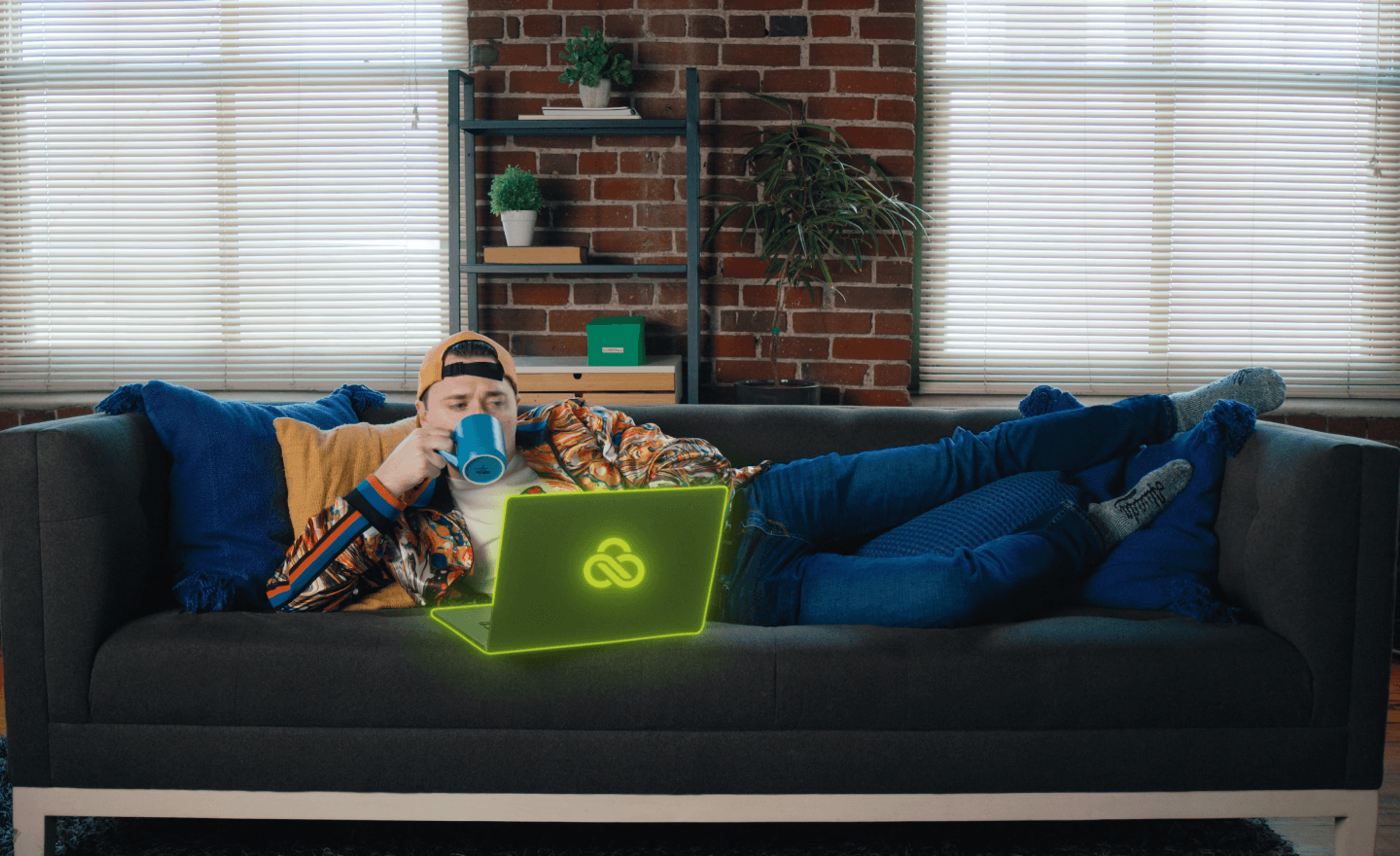
In the field
Small team, big campaigns: inside Sandwich’s secrets to scaling creative
How Sandwich creates top-tier campaigns with a four-person post team — thanks to LucidLink and workflows that scale without chaos.
09 July 2025, 4 mins read
Join our newsletter
Get all our latest news and creative tips
Want the details? Read our Privacy Policy. Not loving our emails?
Unsubscribe anytime or drop us a note at support@lucidlink.com.